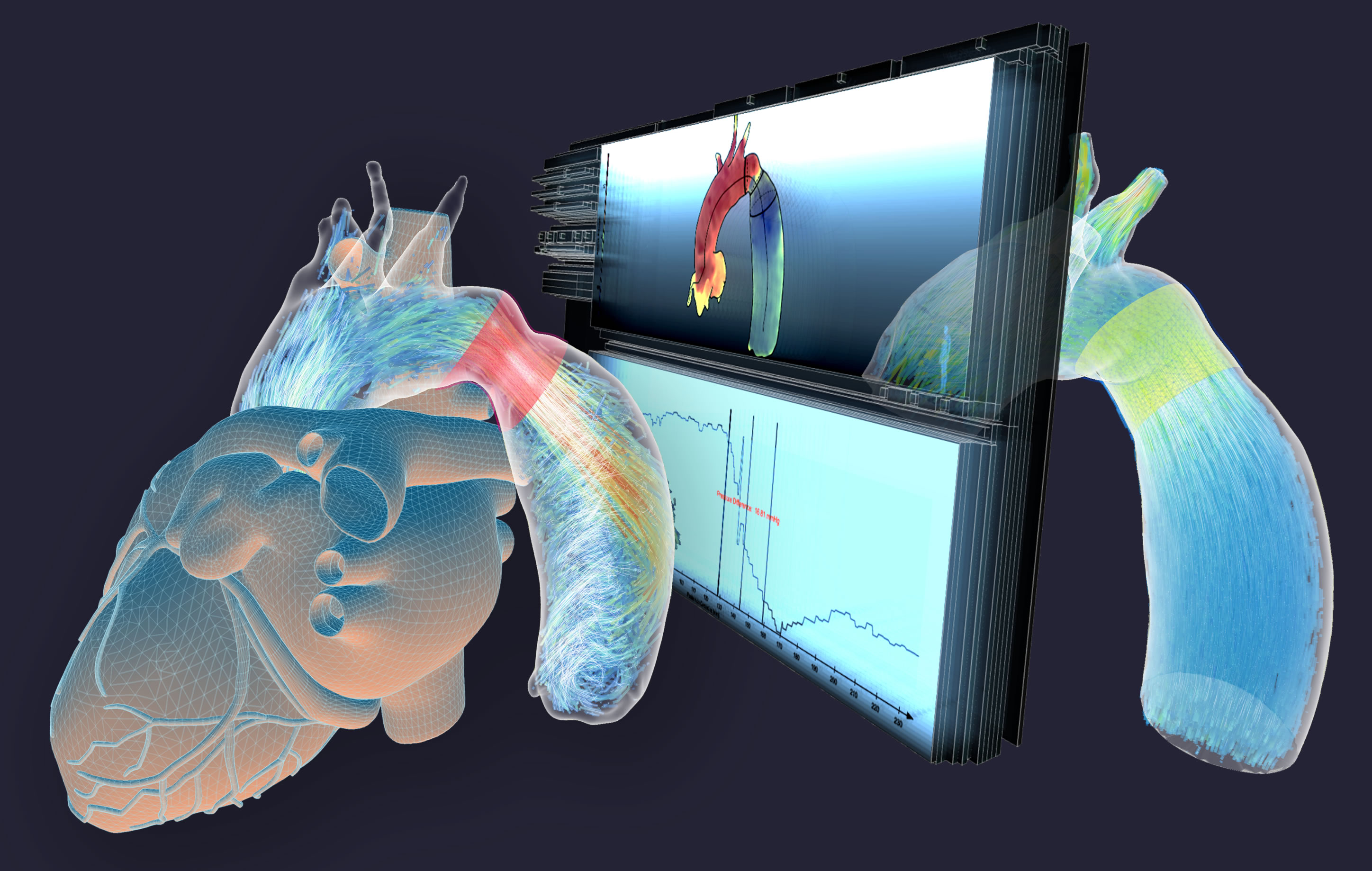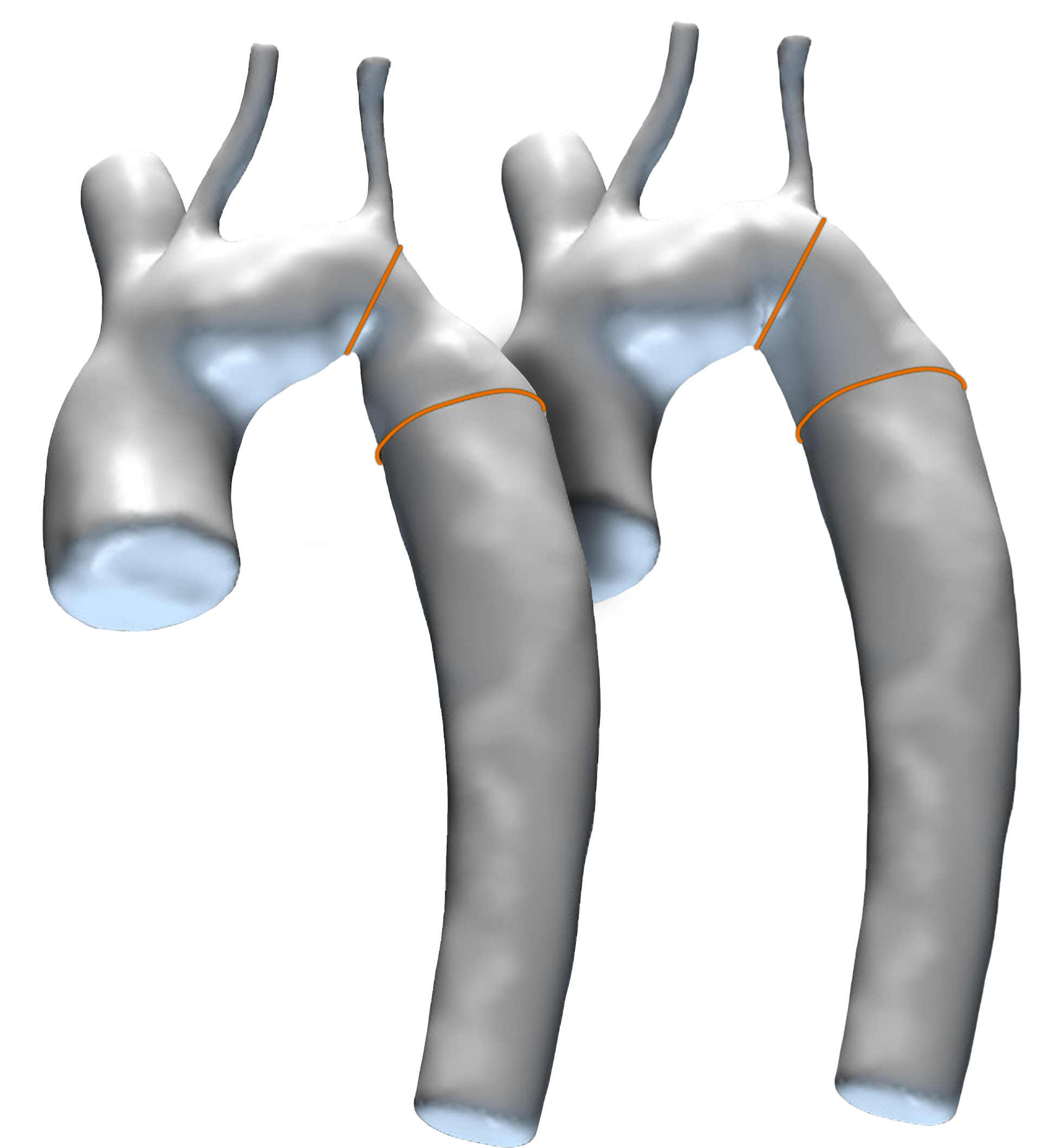Clinical Challenge
In order to improve patient outcomes, treatment decisions must take into account all relevant factors, including patient anatomy and individual patient’s response to the treatment. In complex situations, due to the interplay between the vascular geometry and blood flow, the optimal treatment procedure is not immediately clear. Moreover, oftentimes, treatment decisions need to be made in multidisciplinary clinical environments where several entities from the radiology to intervention and surgery departments need to be involved. At Fraunhofer-MEVIS we develop platforms in order to investigate treatment options prior to an intervention or surgery and provide it in such a way that is suitable for integration in the clinical workflow.
 Fraunhofer Institute for Digital Medicine MEVIS
Fraunhofer Institute for Digital Medicine MEVIS


